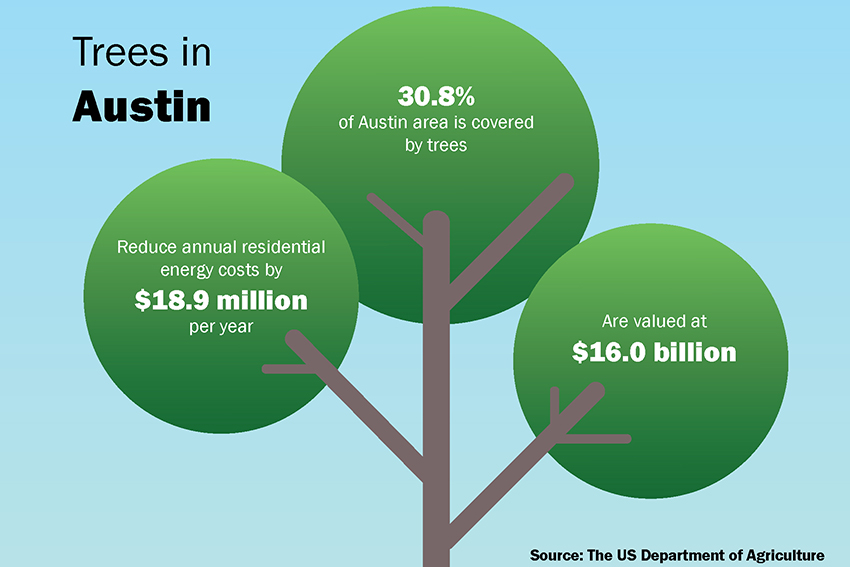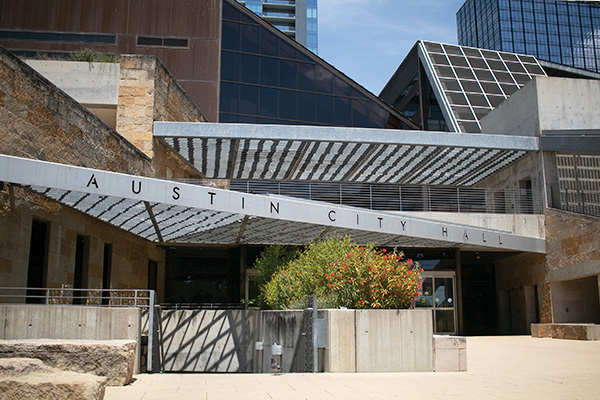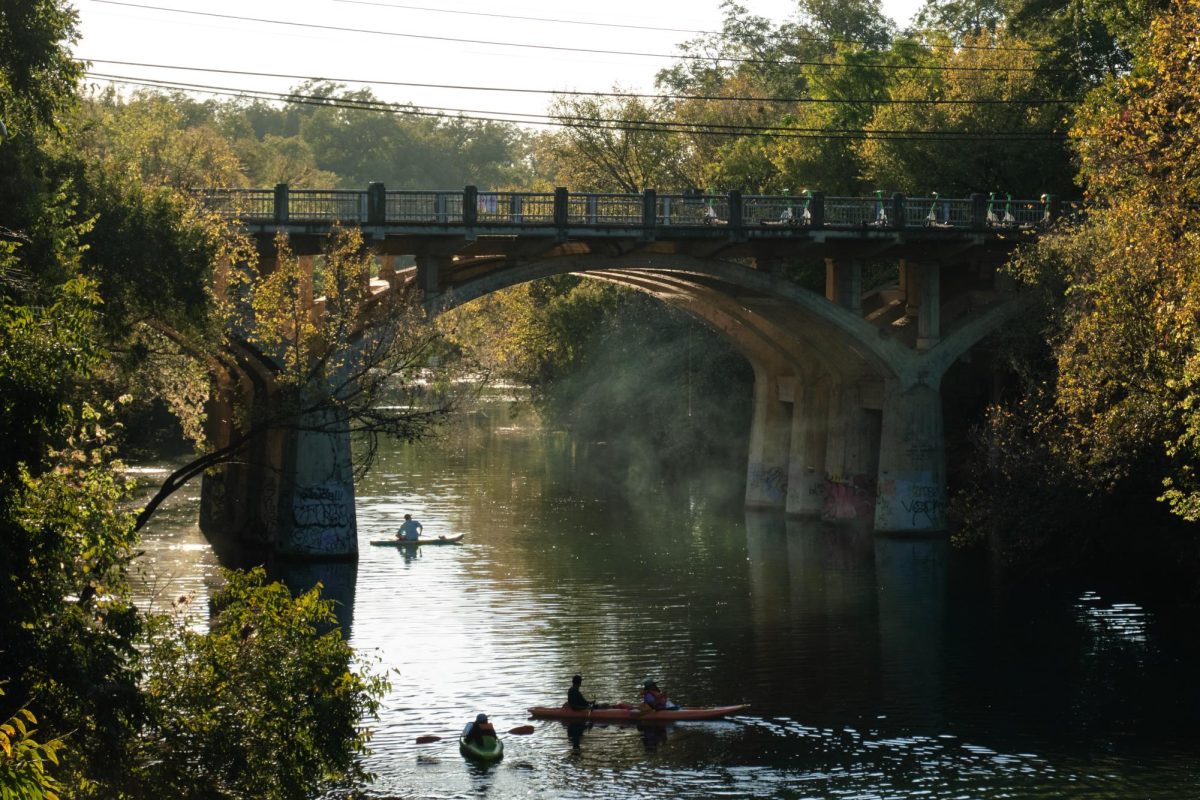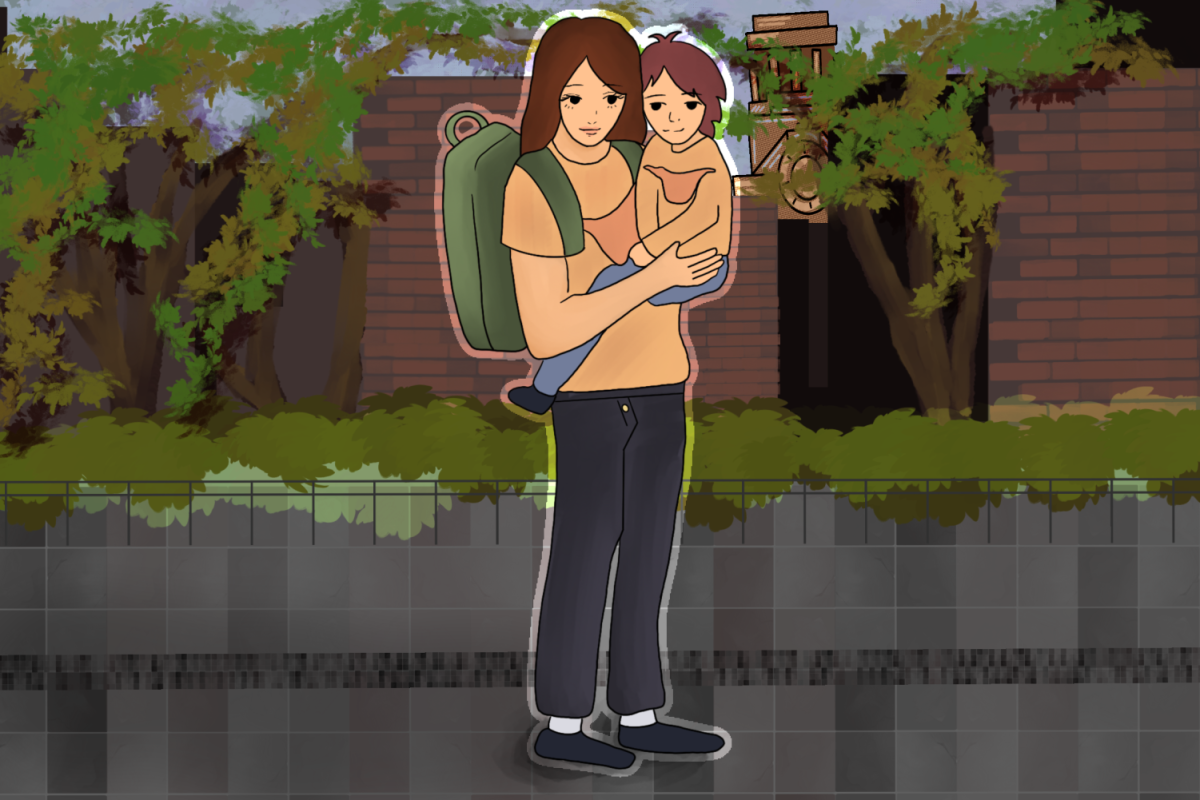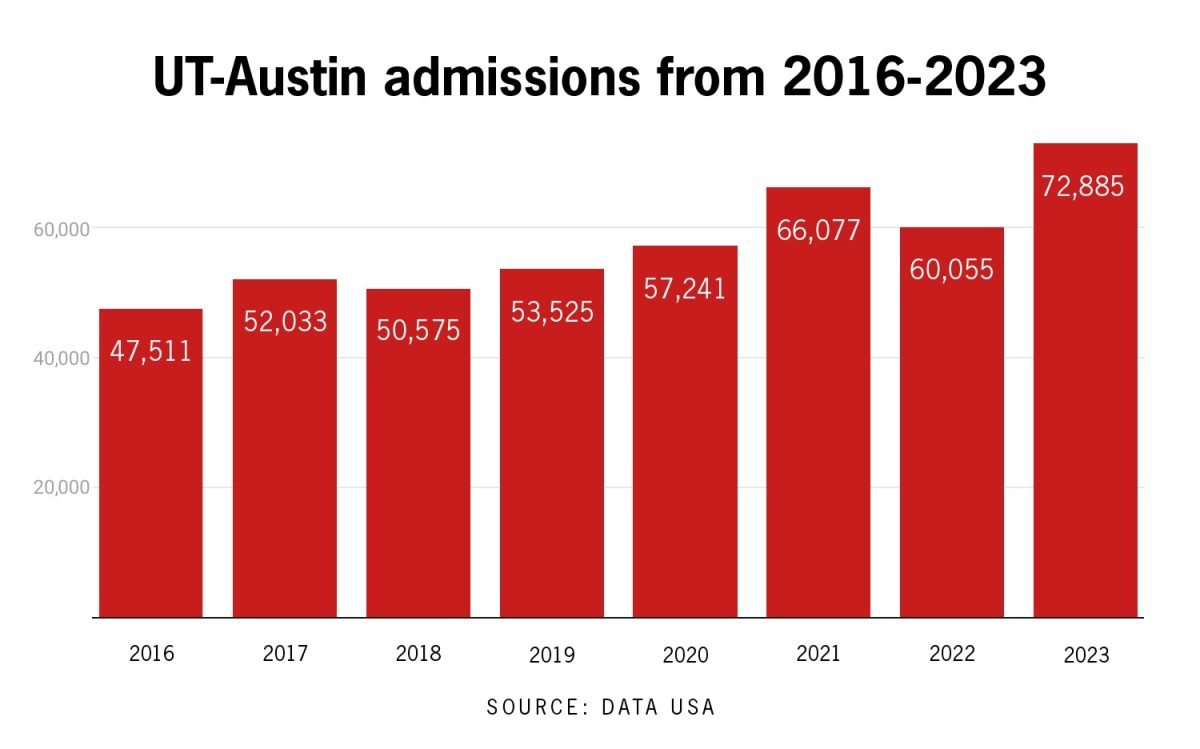Aesthetic benefits, comfort and relief from the sweltering sun aren’t the only ways trees are beneficial to Austinites.
Researchers at the Texas A&M Forest Service released a first-of-its-kind report last month showing trees provide the city of Austin with a number of environmental and economic benefits — valued at around $16 billion for their compensatory benefits — on top of conventional impacts that aid the well-being of residents.
The report found Austin’s estimated 34 million trees provide a canopy cover that helps reduce carbon emissions and energy use for buildings.
“These [benefits] include air pollution removal, reduced carbon emissions and stormwater runoff, reduced energy use for buildings, and carbon sequestration,” said David Nowak, lead author of Austin’s Urban Forest 2014, in a press release.
Other findings from the report show trees store approximately 1.9 million tons of carbon, which is valued at a $242 million economic benefit. Trees also impact the economy by reducing building energy consumption by providing shade, a presumably small act that lowers residential energy costs by approximately $18.9 million annually.
According to the report’s findings, an estimated 85 percent of Texans live in urban areas. With a population that continues to increase in the booming metropolitan areas throughout the state, trees continue to grow more necessary for cities, according to Forest Service researchers.
“The findings of the report will be used for planning purposes and long term monitoring and analysis of Austin’s urban forest,” said Emily King, acting urban forester for the city.
The Forest Service indicated the report was only the first in a series of studies and that they will continue to annually monitor any future trends. For example, their next steps include conducting a survey of urban landowners and the release of an online tool for residents to access any collected data.

